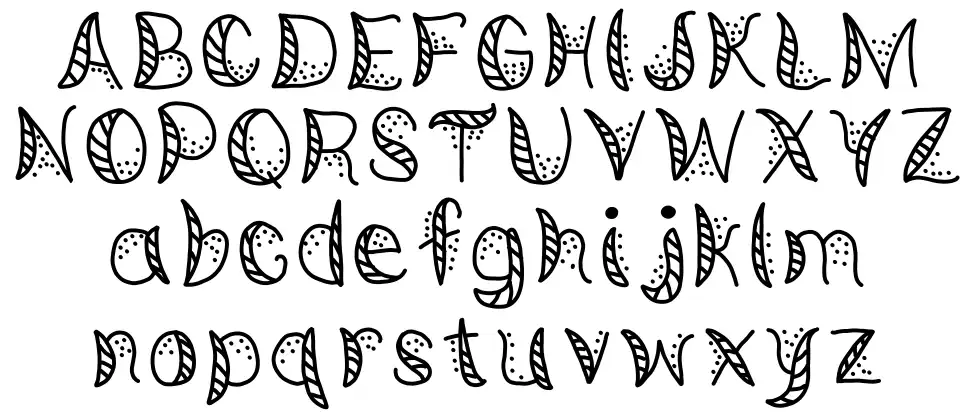


In fact, the network continues to offer its automated local forecasts at 8, 18, 28, 38, 48 and 58 minutes past the hour during “Retro” using its present-day graphics.


The segment is not a true “Local on the 8s” feature, hence avoiding any reference to “local” in the “Retro 8s” name, though the weather data and maps shown do show present-day information and conditions. “Retro” is a month-long experiment the network is trying out, reportedly with a chance to become a permanent feature. The other look is serif with curved accents. Throughout the hour, “Retro” shuffles between two opens, one using a block sans serif with beveled gradient strips and angled elements. It also does not use the highly robotic pre-Siri and pre-AI text-to-speech voice technology included in several versions of Weather Star, instead opting for recorded voiceover elements. On-screen graphics also feature the present-day Weather Channel logo as well as the modern ticker along the bottom of the screen - along with a “Retro on the 8s Live” logo in the upper right of the screen that completely eschews the retro look. The designs, however, have been updated to be 16:9 and HD and use a different font.ĭiehard fans who grew up on the channel in the 90s will note the graphics used during “Retro” are much less bitmapped, shedding the “8-bit” look that the Weather Star system generated at the time. The segments recreate, as opposed to duplicate, the familiar look that the network used for years via Weather Star units installed in regional pay TV provider headends. eastern, “Retro” recreates the channel’s iconic 1990s-era look (and sound) of banded orange and blue gradients paired with smooth jazz background music.


 0 kommentar(er)
0 kommentar(er)
